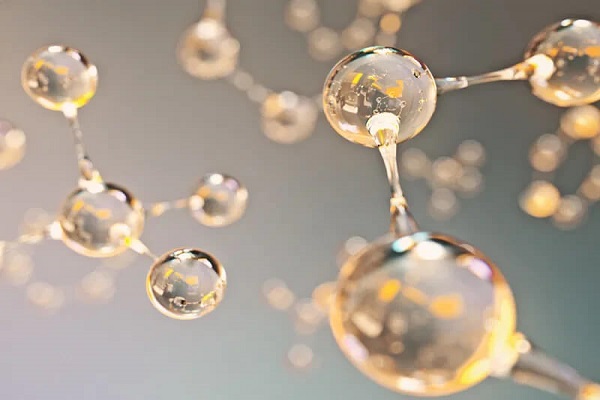
At My Peptides, Ever wonder what makes your cells buzz with life? Meet NAD+. Short for nicotinamide adenine dinucleotide, it’s the molecular bigwig that transforms nutrients into usable energy. Scientists can’t stop talking about it. Why? Because without NAD+, all those fancy metabolic reactions would come to a screeching halt.
As Mark Twain once joked, “Age is an issue of mind over matter. If you don’t mind, it doesn’t matter.” But for NAD+ levels, it does matter. They’re pivotal for energy, cellular repair, and healthy aging.
